(May 25, 2022) Life for a medical representative is full of challenges, especially when it comes to sales, which is the most difficult part in the pharma industry. It often ends up with the medical representatives getting entangled, keeping them busy at the same level for years. But Ani Prajith is an exception.
Scripting a success story like no other, this happy-go-lucky medical representative relentlessly worked his way up into becoming the CEO of a pharma giant, a rare occurrence in the pharmaceutical line. While most people prefer the USA, UK, Australia or Gulf when it comes to jobs, Prajith had no second thoughts when he picked up the offer of moving to Tanzania and then to Uganda, which eventually led to his meteoric rise.
“Like India, people in Africa are warm and welcoming. Wrapping this up with the rich cultural history and heritage of more than 50 tribes, both Niotic and Bantu, who warmly welcome visitors, it is one of the most beautiful places on earth. Uganda has been my home for the last nine years,” smiles Ani Prajith, the CEO of Phillips Pharmaceuticals, in an exclusive chat with Global Indian. Prior to Uganda, he spent four years in Tanzania and Kenya.
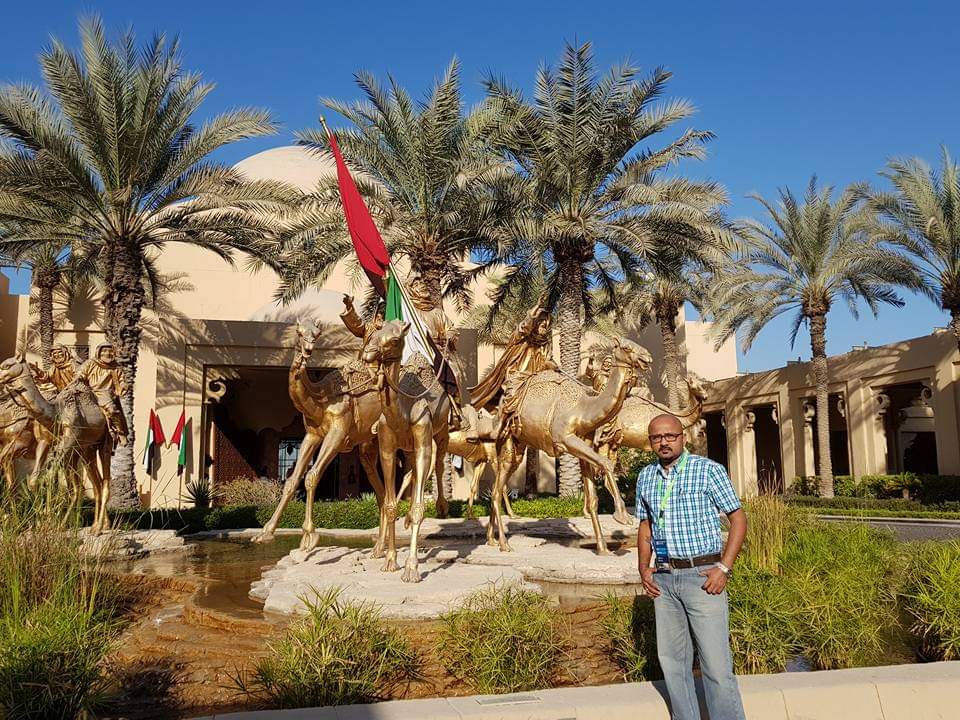
Ani Prajith, the CEO of Phillips Pharmaceuticals
A great start, courtesy interest in medicine
Born in Kerala, Prajith is the son of Ramachandran Pillai, a veteran in Hindustan Aeronautical Limited, who served the country as a pilot instructor. Owing to his father’s transfer, Prajith spent a major part of his childhood in Kanpur, Uttar Pradesh. The family returned down south after Ramachandran Pillai was once again transferred to the Airforce flying school, located in Tambaram on the suburbs of Chennai, where Prajith received most of his education.
“Healthcare and medicine was a field which often interested me and therefore I chose to get into the pharma field instead of doing MBBS,” informs Prajith, who did his schooling at St Joseph’s Senior Secondary School and later went to Madras Christian College.
As a young pass out from college in 1997, Prajith’s first job was at Tata Donley Yellow Pages as a sales executive. But being a science graduate, his passion led him to join Smithkline Beecham (now GlaxoSmithkline) as a medical representative. “I worked in different capacities and developed a learning curve to become one of the youngest business managers in GSK,” informs a beaming Prajith, who worked for almost four between 2003 and 2006. His brother Sunil Prajith is in the Indian Airforce.
His work took him across the length and breadth of India. He worked in Tamil Nadu, Bengaluru, Hyderabad, Kolkata and north east India. “I love travelling and meeting new people. Adapting to different cultures and value systems comes naturally to me,” informs the CEO.
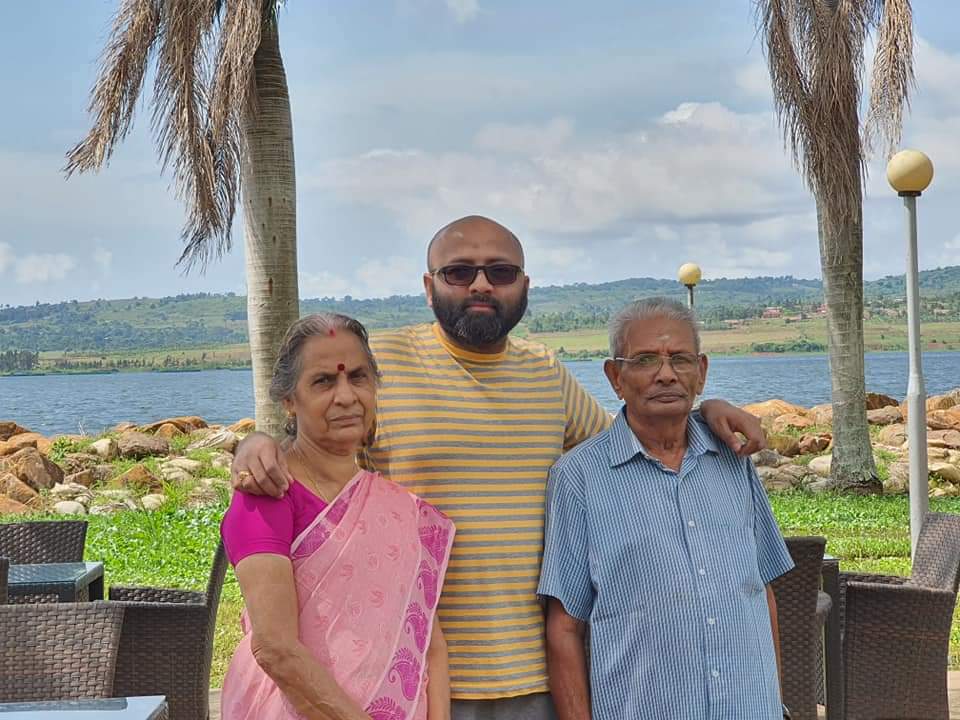
Ani Prajith with his parents
With a vast domestic experience of almost 12 years in various therapeutic segments, from critical care and anti-infective, respiratory to derma and nutraceuticals — Prajith was one of the most sought after professionals in the pharma line. “I was always a team player. Communication skills enabled me to develop strong bonds with the clients,” says Prajith, whose risk-taking abilities, analytical skills and never-let-go attitude paved the way for his success.
He believes it is never late for learning and acquiring knowledge. Alongside work, he completed his MBA in marketing from National Institute of Management, Mumbai and also received a Doctorate in management studies.
Africa calling
Come 2009, Prajith was offered the job of country manager for Wockhardt Limited in Tanzania, the East African country known for its vast wilderness areas. “I had no reservations about working in Africa. But it wasn’t easy to make the switch, and especially with family,” says Prajith, who had joined Wockhardt Nutrition in India in 2007.
Upon his arrival, language was his first barrier. The Keralite wasted no time and quickly picked up the basic Swahili vocabulary, which made his life much easier on the foreign soil. A few experiences with the local cabbies in his initial days taught him that Swahili time is expressed very differently from the standard time in other parts of the world (instead of midnight and noon, Swahili time is based on sunset and sunrise). “I adjusted accordingly,” informs the CEO.
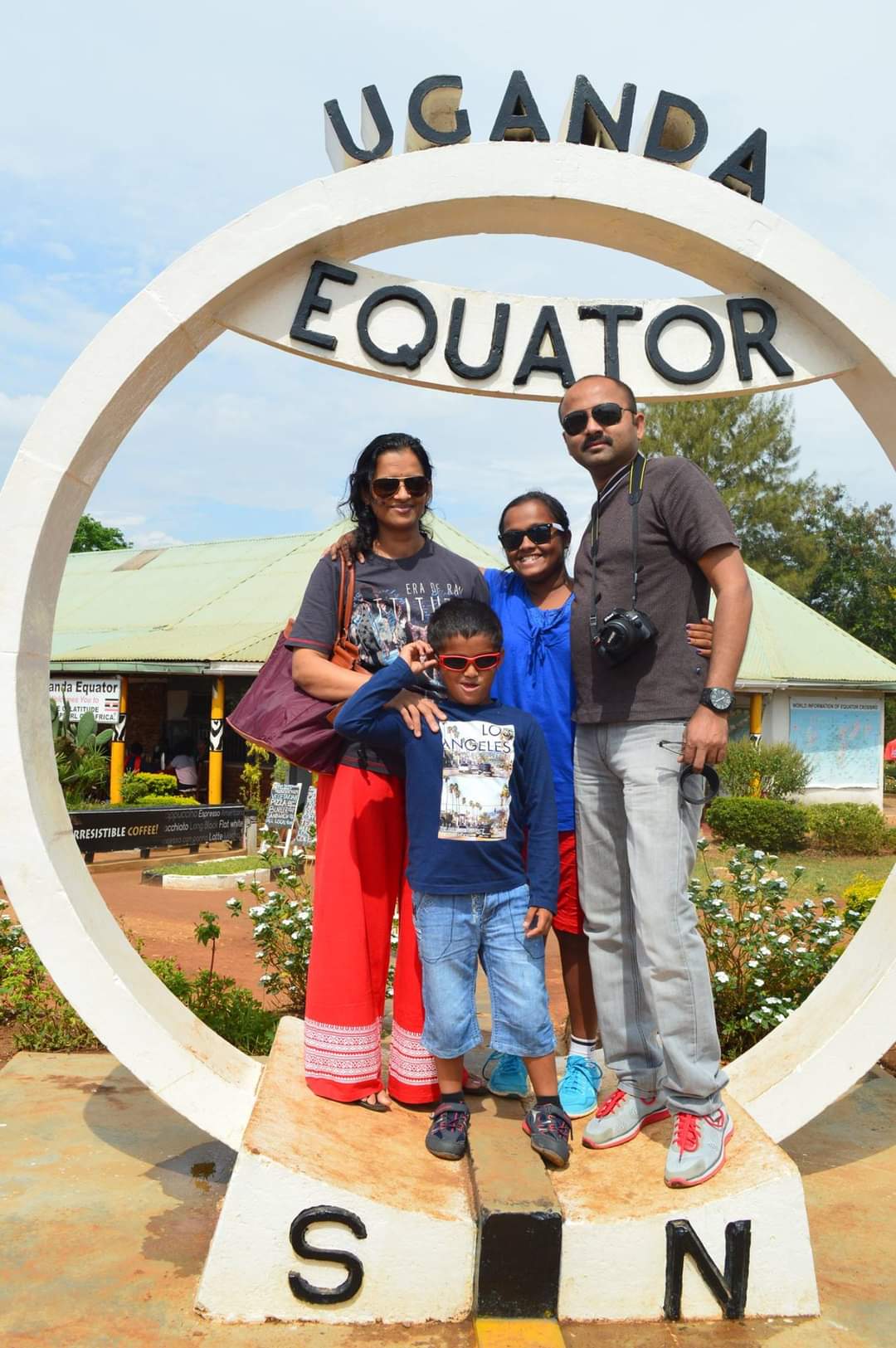
Ani Prajith with his family in Uganda
In no time, he brought a major turnaround in the organisation’s performance and was promoted to the ranks of regional head for East Africa, covering Tanzania, Nairobi and Uganda. “Daily challenges came with new learnings, be it managing the regulatory changes, which is the backbone of international trade or ensuring a seamless supply chain, warehousing and most importantly, adapting and identifying local needs,” explains Prajith, whose ambition and drive, sales ability, scientific grasp and organisation skills was taken note of by other pharma companies.
The big shift
In 2013, he got a call from Phillips Pharmaceuticals, the pharma giant in East, Central and West Africa. He made a big shift in his career by joining the company as its general manager in Uganda. “The journey was intense but I never lost the will,” smiles Prajith who went on to become director – sales and marketing.
In 2021, the pharma industry was taken by storm when Phillips Pharmaceuticals announced Prajith as its CEO and head of sales and marketing. “A lot happened in my career in the last nine years as I climbed the ladder of success. My journey from a medical rep to the CEO of one of the top pharmaceutical companies was fulfilling and extraordinary,” he says. Phillips Pharma, he says, is a company which is highly skilled in marketing management and sales operations.
He feels that the pharmaceutical business in African countries is different from matured and large markets like India, China and other western countries. “As a CEO, the multifunctional and diverse role in a foreign land is an everyday challenge. To understand the myriad forces at play, set a broad vision and take the final call on most difficult decisions is never easy,” says the CEO who leads a team of 160 people.
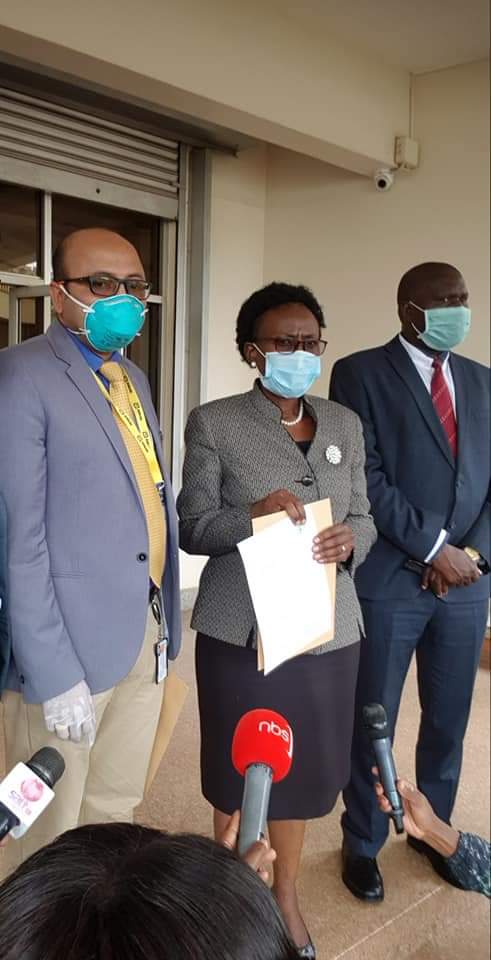
Ani Prajith with Jane Ruth Aceng, the Health Minister of Uganda at the launch of launch of a new regional blood bank.
So how did the CEO deal with the Covid outbreak? “We recognised our limitations, strengths and relooked at our partnerships and collaborations. Identifying and resolving the supply chain was the next task. We did not take much time in ensuring new products reached people real quick by fostering stronger manufacturing alliances,” explains Prajith, who believes in embracing innovations in information-sharing to improve supply chain alignment.
He informs that the company has invested in a larger network of partners. “Long-term contingency plans and strategic coordination is needed to maximise the resilience of manufacturing networks. Companies must have a broad community of partners to rely on,” says the CEO, who is leading his team to plan for the unexpected scenarios like the pandemic.
Breathtaking Uganda
Prajith is in awe of Uganda. “Despite the small size of the country, the diversity of landscape, topography and wildlife is mind boggling. All our clients are pleasantly surprised when they visit Uganda. They say they never knew it was so beautiful,” smiles Prajith, whose wife Leena Ani, is a qualified postgraduate teacher. The couple has two children.
When the CEO is not working, he likes to indulge in a game of badminton and some soothing music. “Work related travel takes a lot of my time,” informs Prajith, who visits India twice a year.


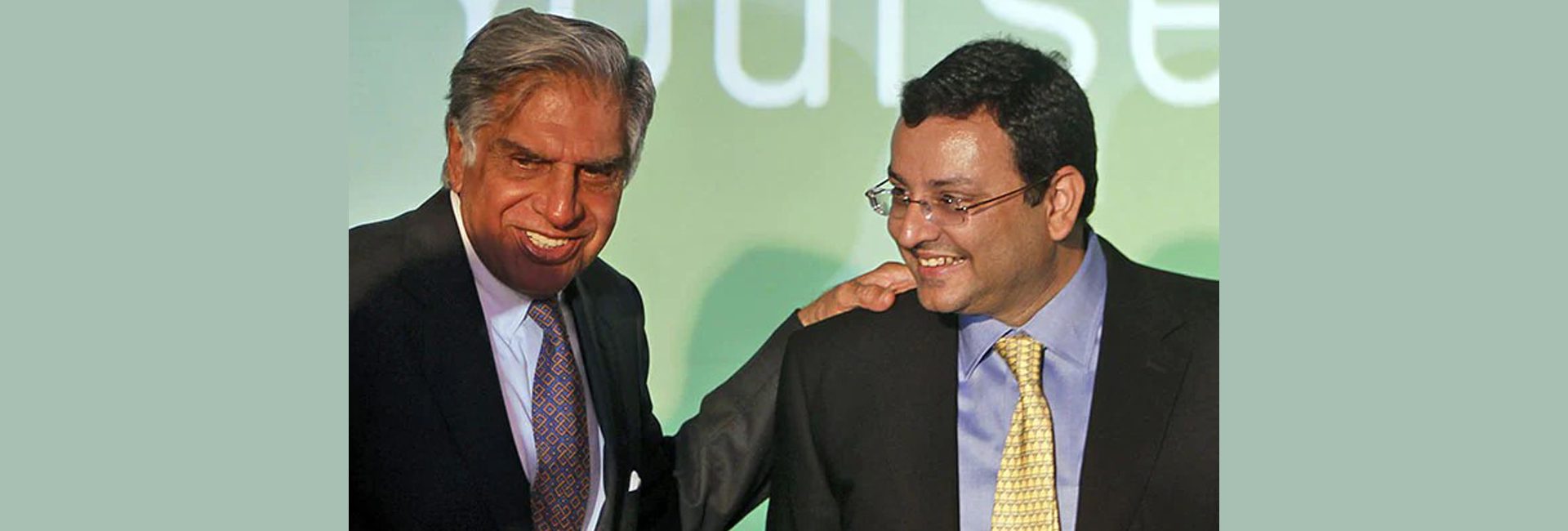
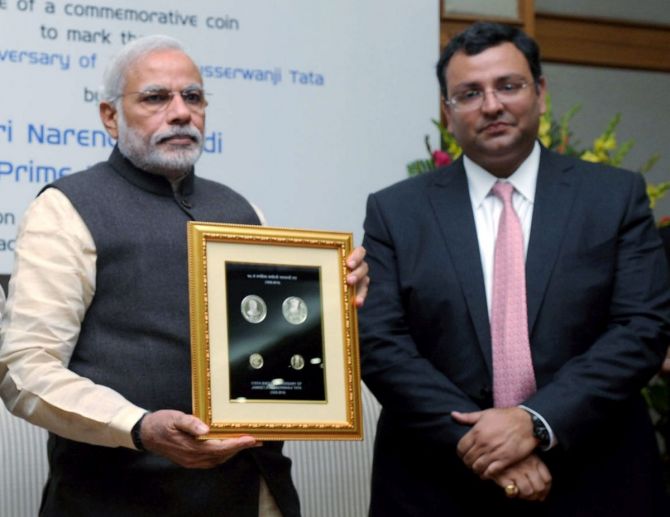 Cyrus Mistry with Prime Minister Modi in 2016[/caption]
Cyrus Mistry with Prime Minister Modi in 2016[/caption] Vallarpadam Railway Bridge, the longest in India, contructed by Shapoorji Pallanji & Co[/caption]
Vallarpadam Railway Bridge, the longest in India, contructed by Shapoorji Pallanji & Co[/caption]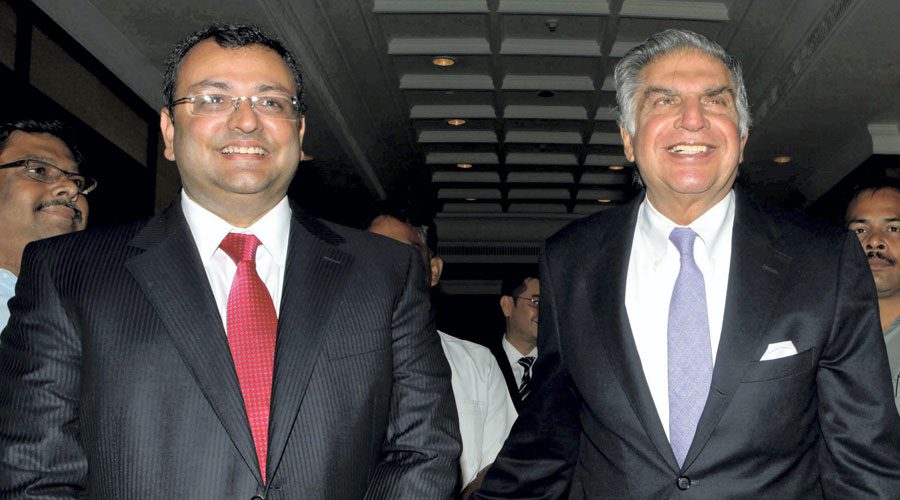
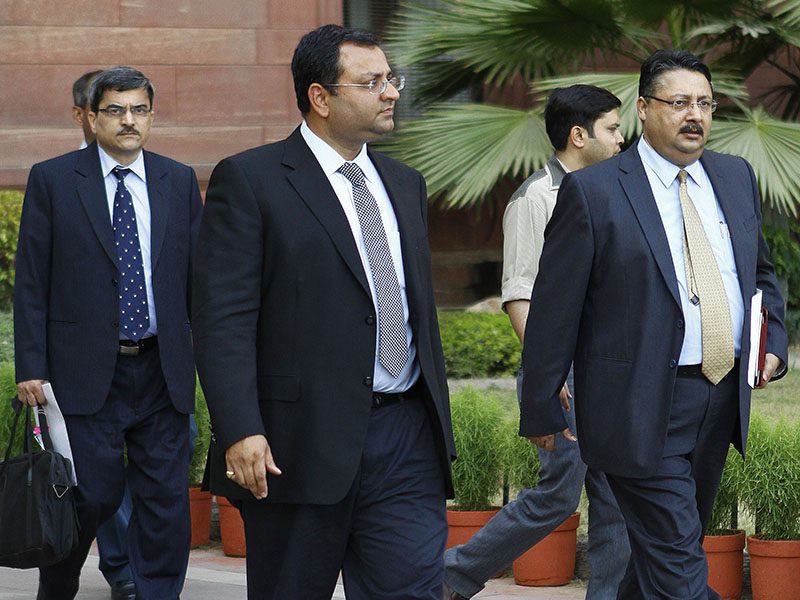 Tata Group Chairman Cyrus Mistry after a meeting at the Finance Ministry on May 29, 2012 in New Delhi, India. (Photo by Vipin Kumar / Hindustan Times via Getty Images)[/caption]
Tata Group Chairman Cyrus Mistry after a meeting at the Finance Ministry on May 29, 2012 in New Delhi, India. (Photo by Vipin Kumar / Hindustan Times via Getty Images)[/caption]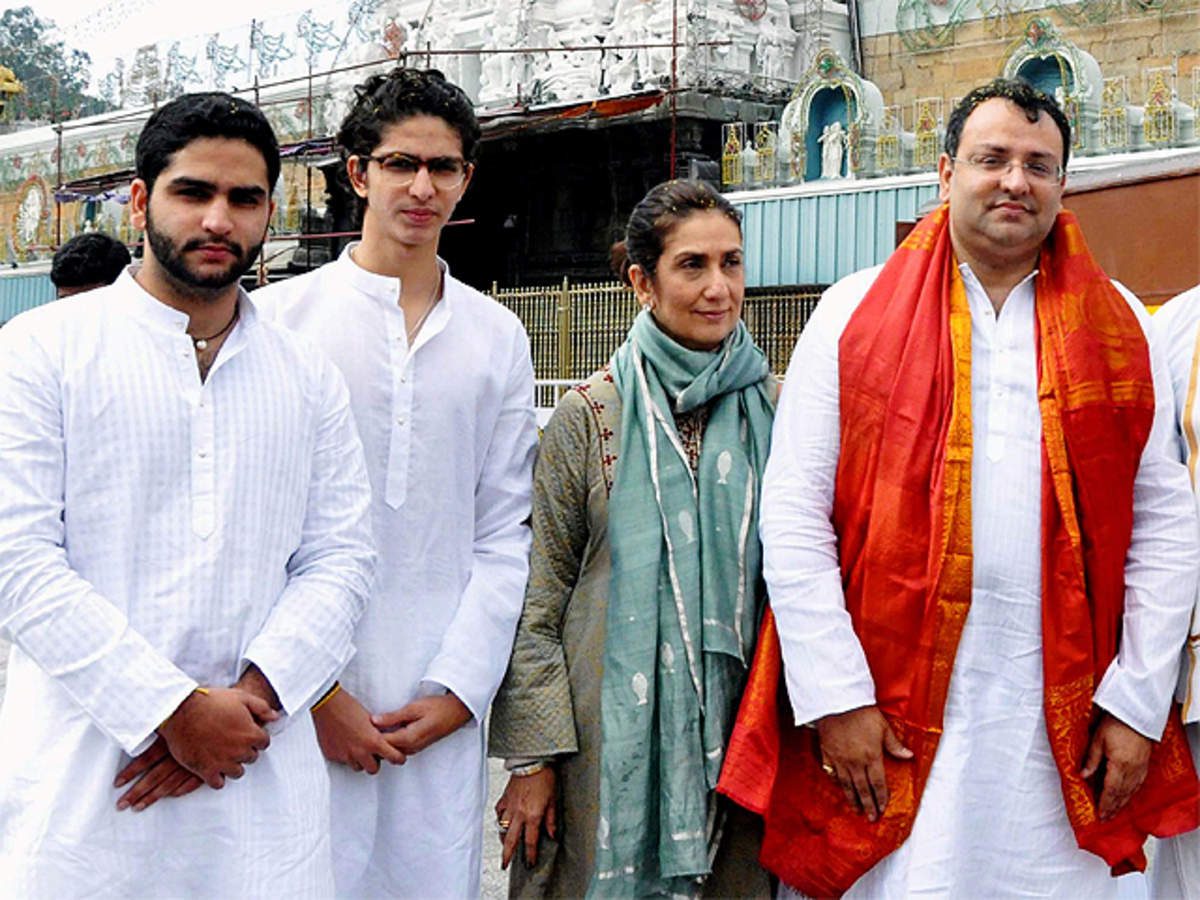 Cyrus Mistry and his family[/caption]
Cyrus Mistry and his family[/caption]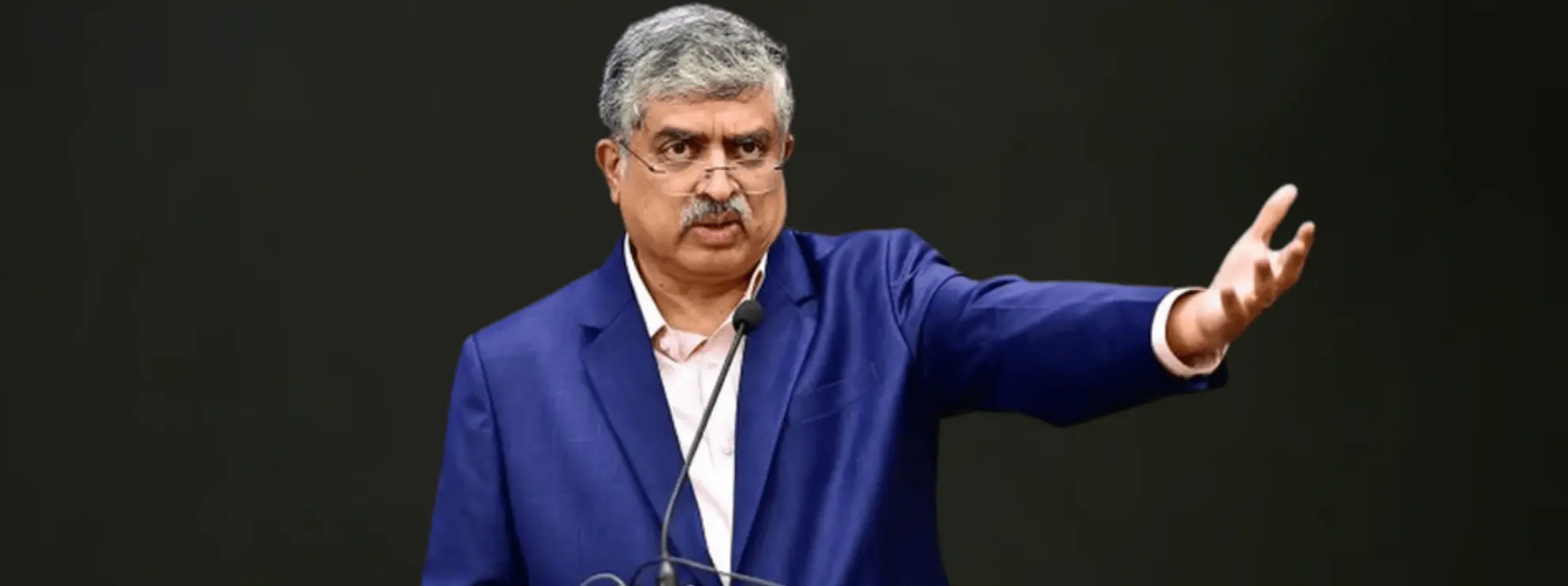
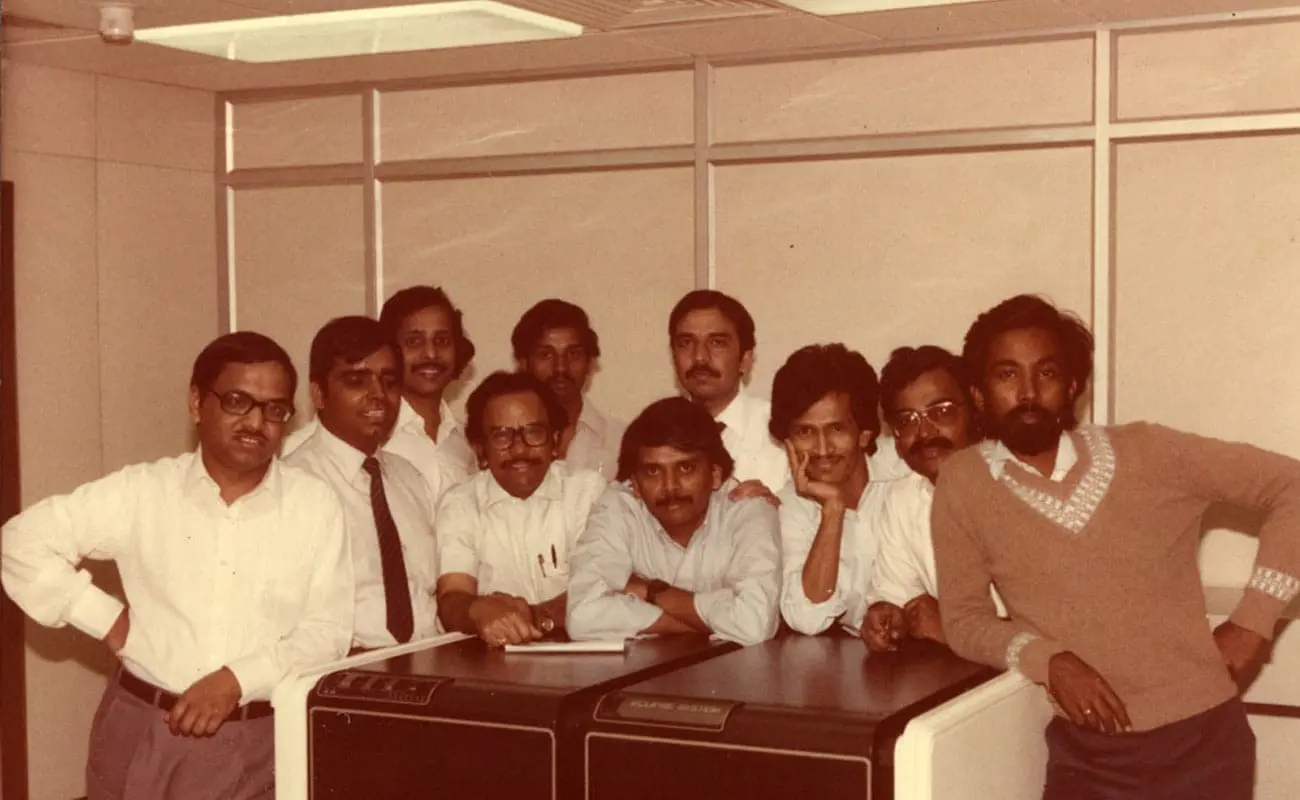 The co-founders of Infosys[/caption]
The co-founders of Infosys[/caption]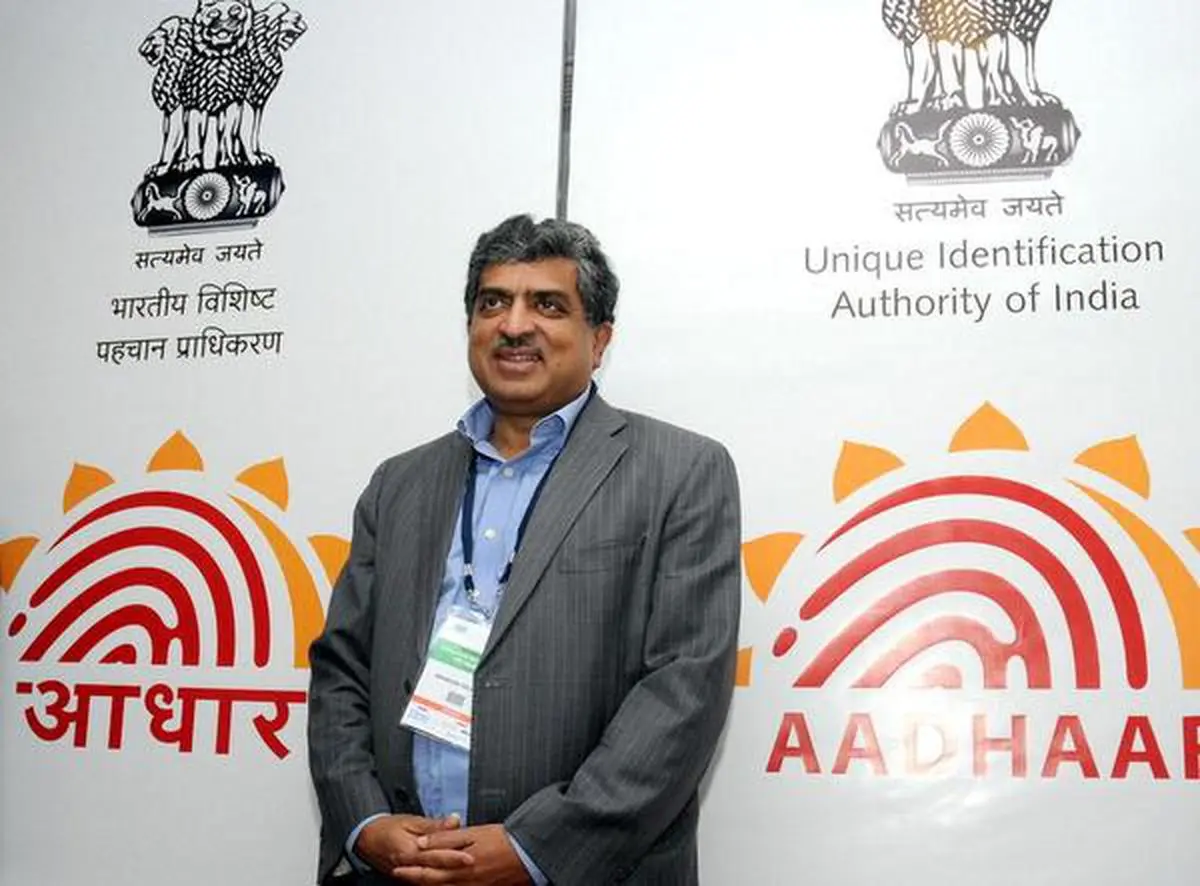
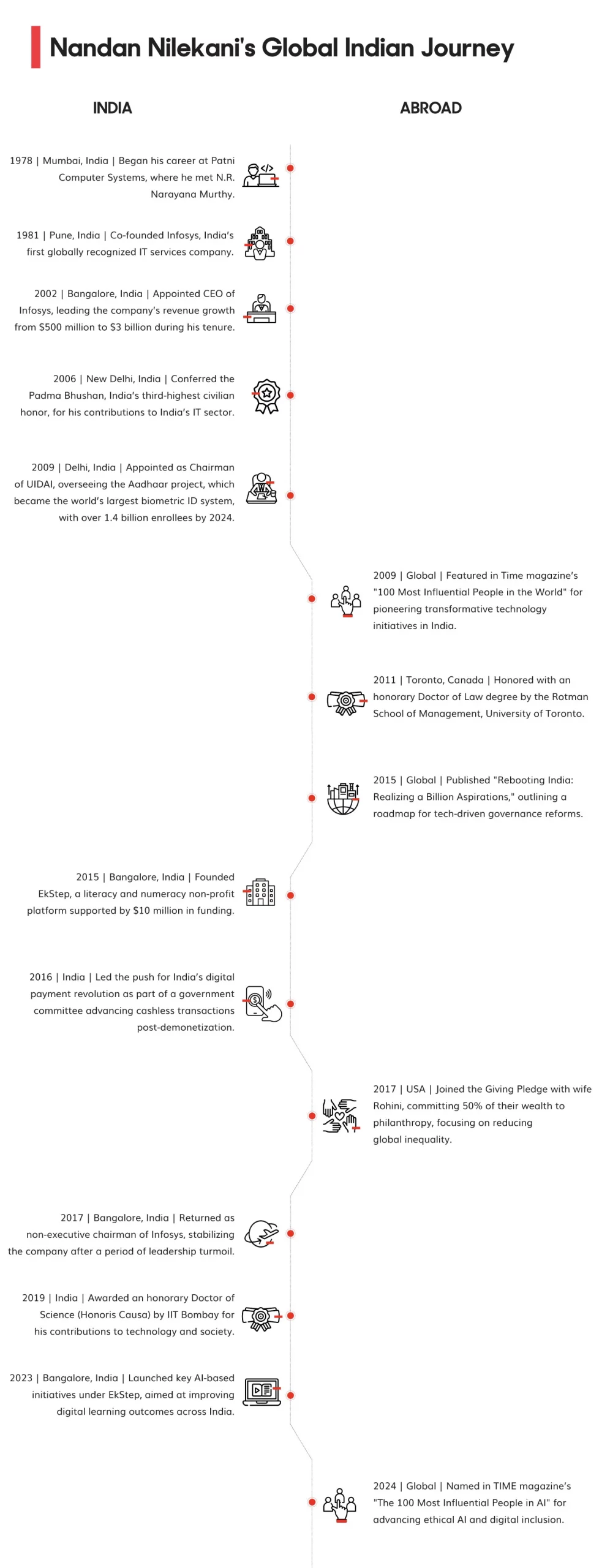
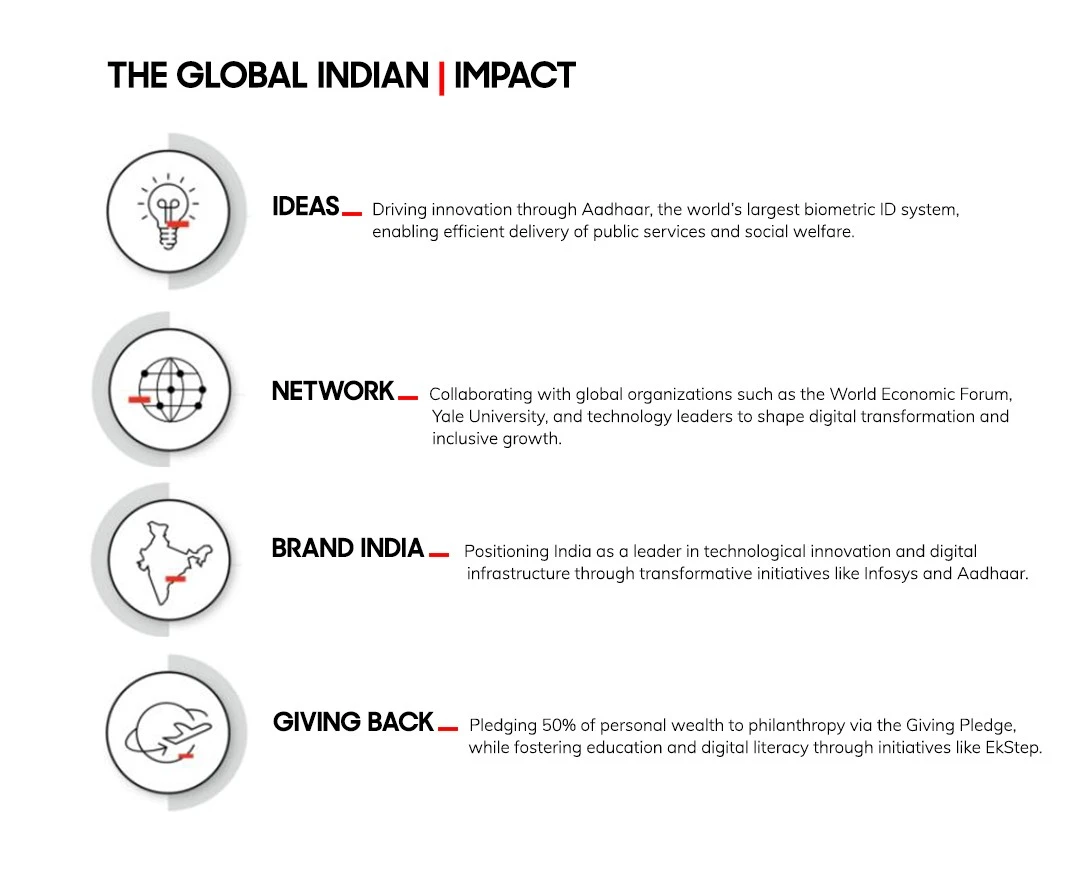

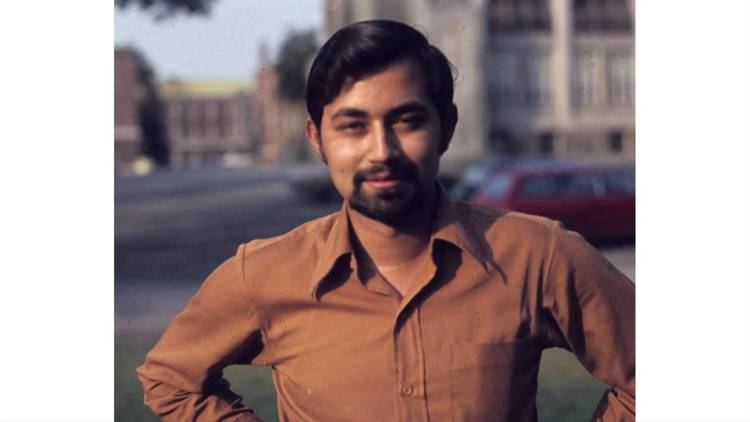 A young Dr. Baliga soon after shifting to the USA[/caption]
A young Dr. Baliga soon after shifting to the USA[/caption]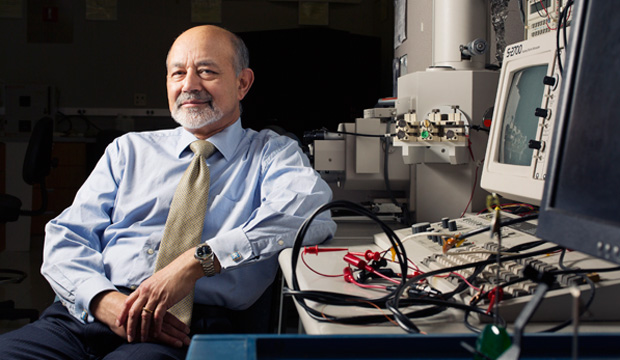
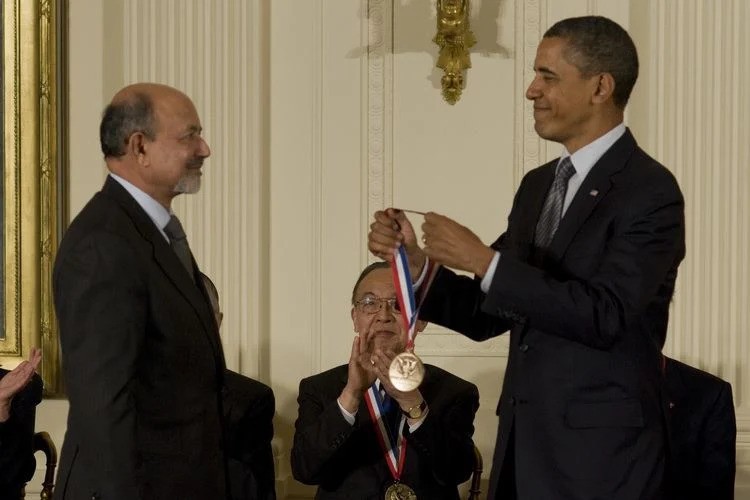

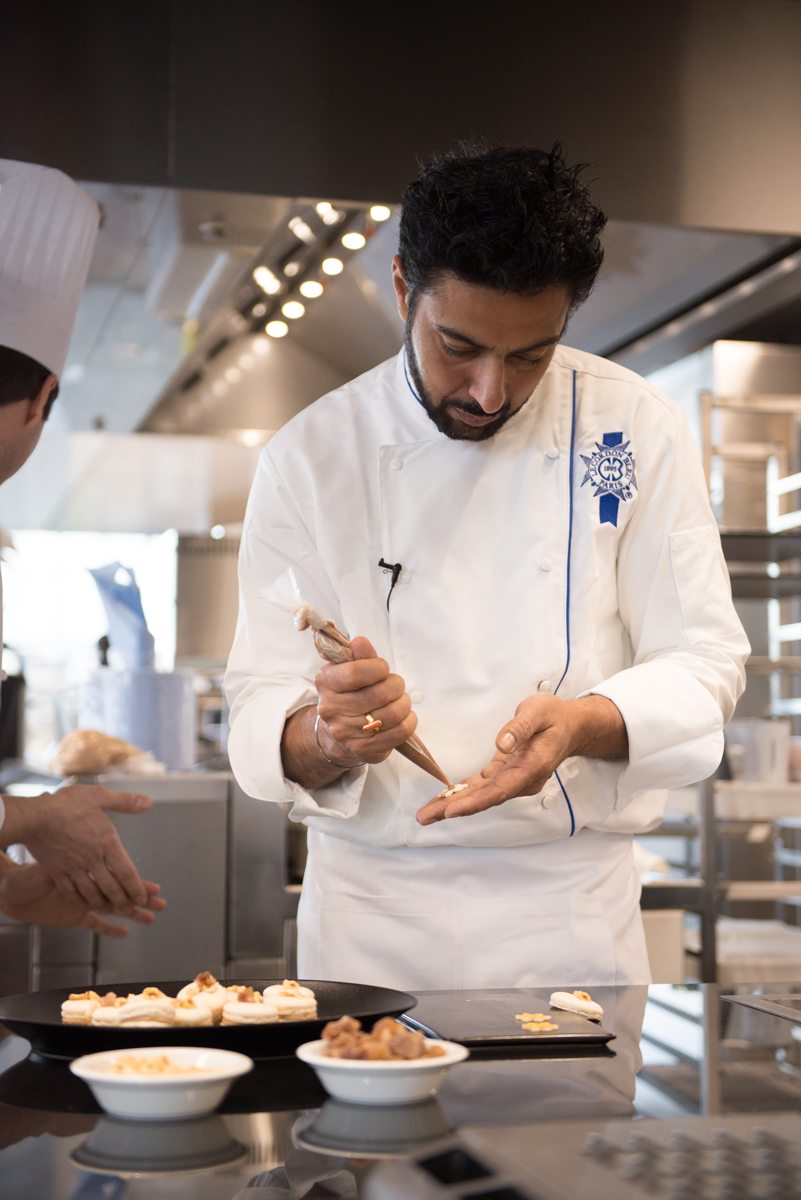
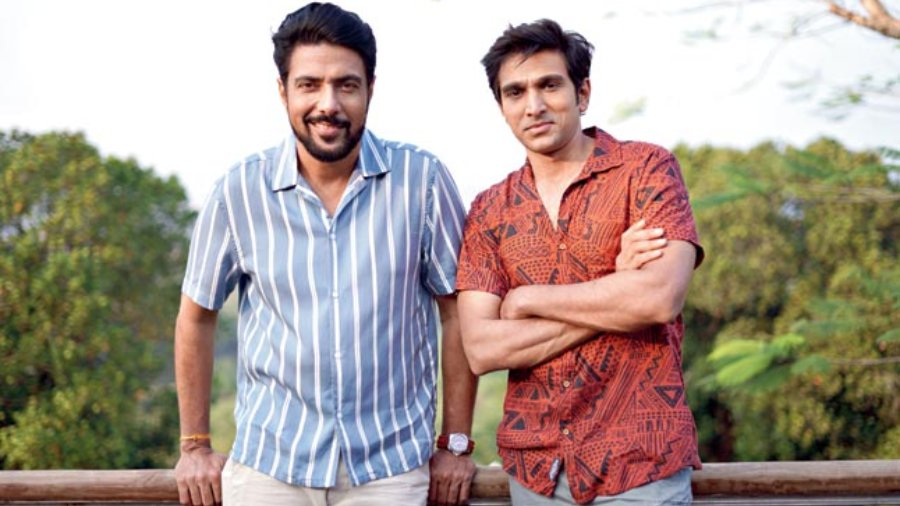 Chef Ranveer Brar with actor Pratik Gandhi, during the shoot of Modern Love Mumbai[/caption]
Chef Ranveer Brar with actor Pratik Gandhi, during the shoot of Modern Love Mumbai[/caption]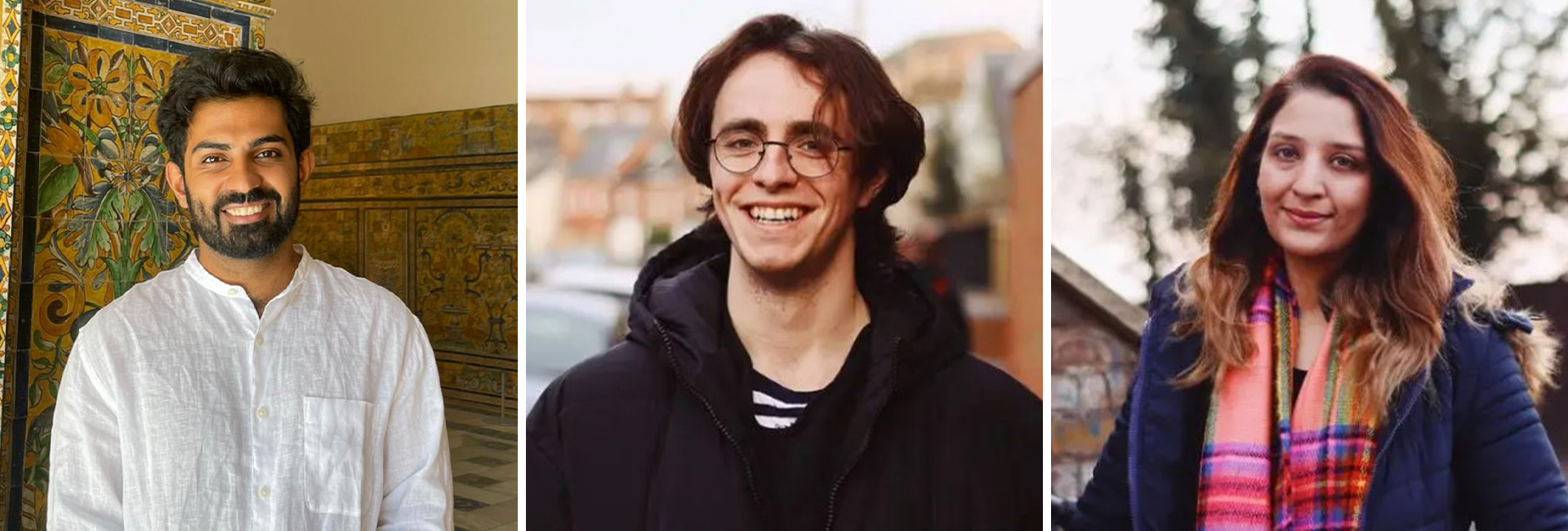
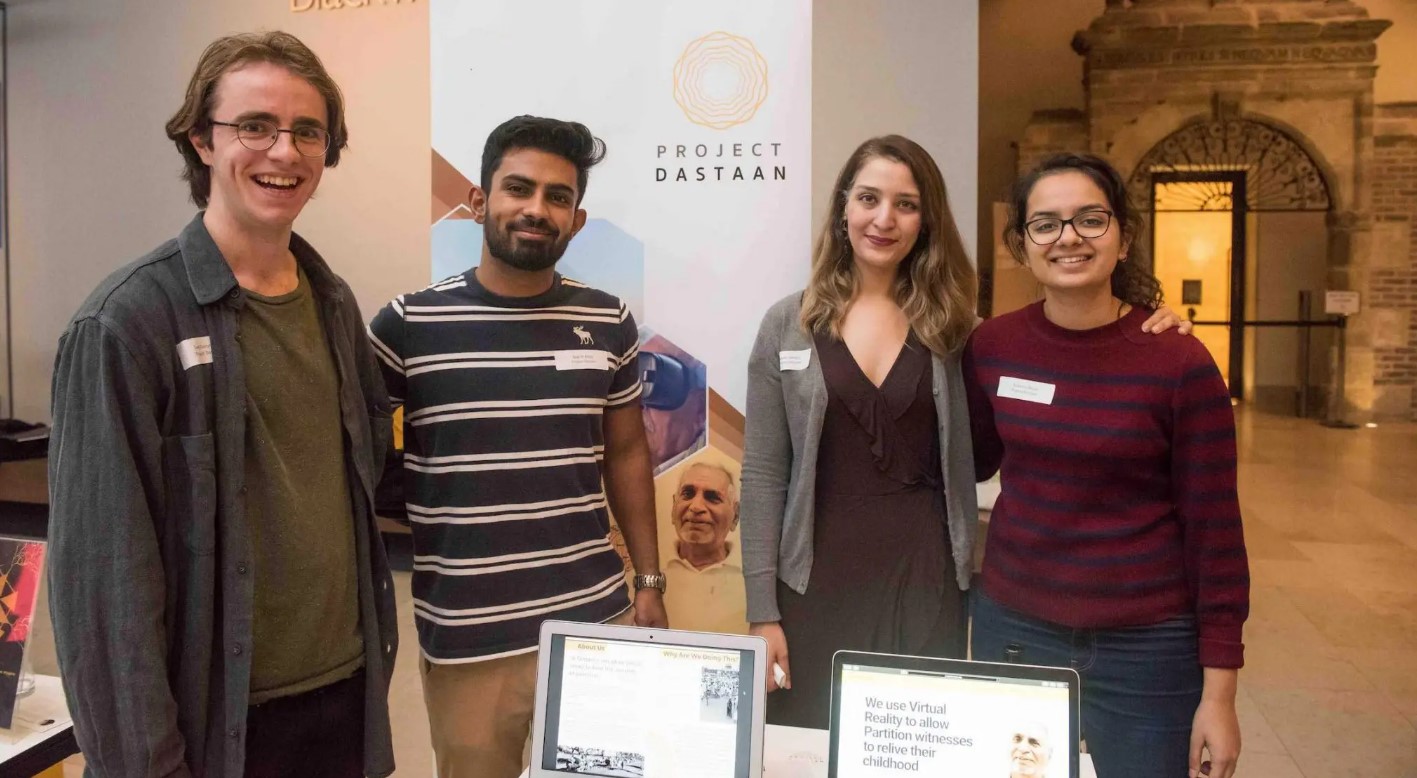 From left to right: Sam Dalrymple, Sparsh Ahuja, Sadia
From left to right: Sam Dalrymple, Sparsh Ahuja, Sadia 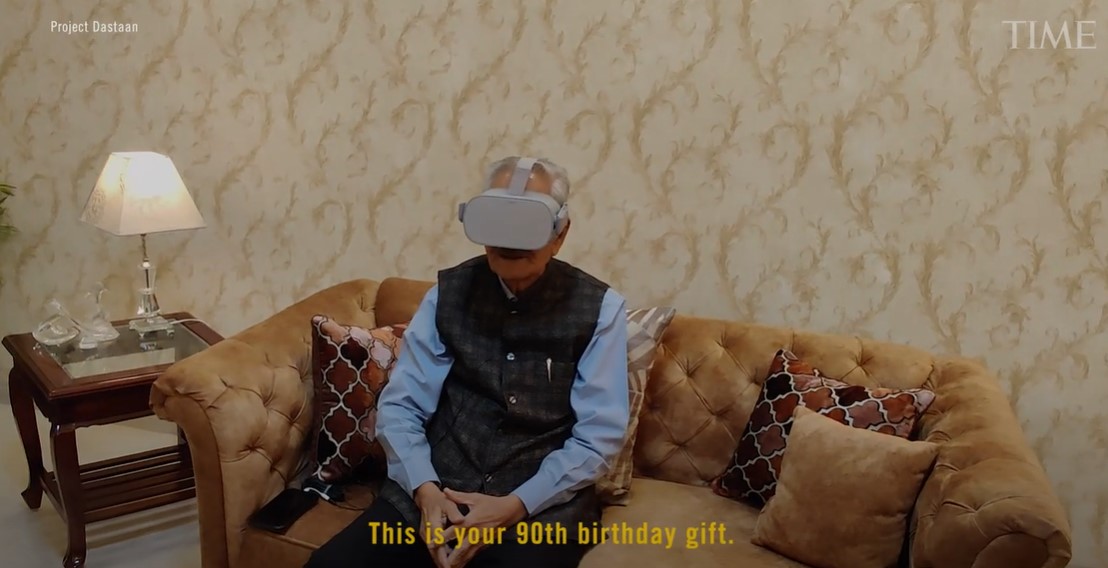 A still from the TIME's coverage of Project Dastaan[/caption]
A still from the TIME's coverage of Project Dastaan[/caption]